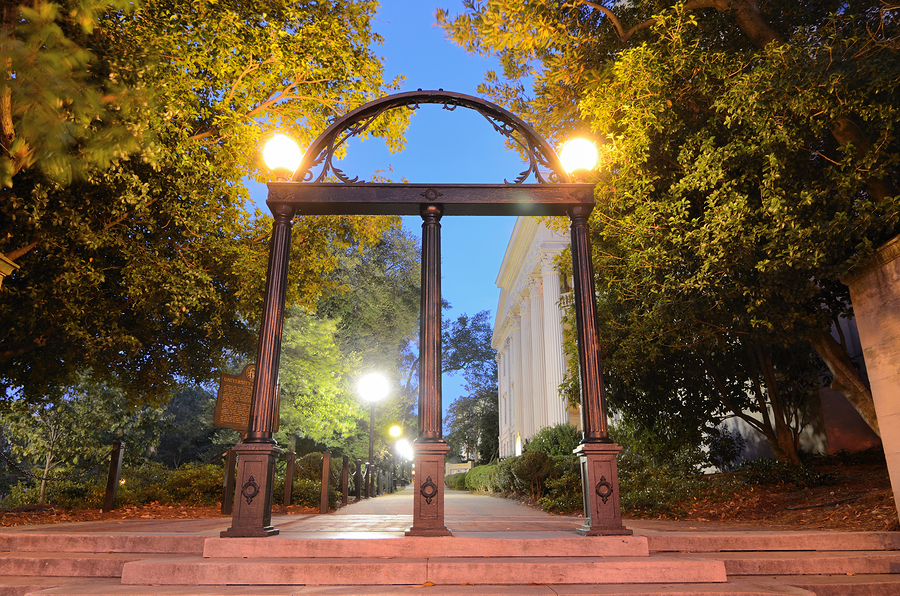 U.S. News and World Report is collecting data for what will become the 2014 edition of its best undergraduate college rankings. Every regionally accredited, four-year school in the United States — about 1,750 higher education institutions — should have received a notice about the online survey.
U.S. News and World Report is collecting data for what will become the 2014 edition of its best undergraduate college rankings. Every regionally accredited, four-year school in the United States — about 1,750 higher education institutions — should have received a notice about the online survey.
Data collection begins with three surveys, covering financial aid, finance and the general, or “main,” survey. U.S. News bases its rankings on factors such as enrollment, faculty, tuition, room and board, SAT and ACT scores, admissions criteria, graduation and retention rates, college majors, school finances, activities, sports and financial aid. Answers to these surveys play a large part in the final rankings, which will be released later this year, though a specific date hasn’t been revealed. The results will be released online as well as in a print version.
For the second year, the survey will include information on how graduation rates differ based on family income level. This allows U.S. News to create a separate list that ranks schools that have successful graduation rates for low-income students.
The college rankings were started by the magazine in 1983, and the publication points out that the methodology for ranking schools has changed fairly significantly in the subsequent years. In the beginning, colleges were evaluated based primarily on the quality of students they attracted, but now there is more focus on the types of graduates they produce. Regardless, the surveys have become the “800-pound gorilla of American higher education,” according to the publication, important enough to be the subject of conferences, academic papers and constant media coverage.
In addition to the surveys sent to colleges and universities around the country, the rankings are also “based on our researched view of what matters in education,” according to U.S. News.
Schools are divided into categories based on their mission. To do so, U.S. News follows definitions of the Basic Classification of the Carnegie Foundation for the Advancement of Teaching. Although the Carnegie classification is used to organize these institutions, the magazine uses its own names for the classification of schools: National Universities, National Liberal Arts Colleges, Regional Universities and Regional Colleges.
U.S. News recently released the 2014 Best Graduate School rankings, which ranks graduate schools around the United States by a similar method as undergraduate institutions. Graduate degree rankings are classified by type of graduate school.
[cf]skyword_tracking_tag[/cf]






No Comment